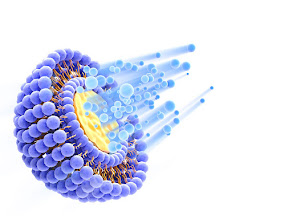Profiling Secondary Containment Systems

 Secondary containment is essential to prevent leaks and spills from polluting surrounding areas and groundwater. ArmorThane industrial coatings are involved in the maintenance and rehabilitation of all types of containment systems. These structures may be sealed or open air with surfaces of metal, plastic, concrete or geotextile materials. Depending on the construction material, this coating may be applied either in the open or enclosed as a closed-cell system.
Secondary containment is essential to prevent leaks and spills from polluting surrounding areas and groundwater. ArmorThane industrial coatings are involved in the maintenance and rehabilitation of all types of containment systems. These structures may be sealed or open air with surfaces of metal, plastic, concrete or geotextile materials. Depending on the construction material, this coating may be applied either in the open or enclosed as a closed-cell system.When a layer of thin plastic or cloth is applied to an airtight enclosure, it acts as an insulator of heat from the coating's energy-dense fibers, preventing the temperature in the enclosed space from rising above the coating's set point. This insulating ability is also required for airtight enclosures, including the in-line filters, valves and air handling units. This is also the case for sealed and enclosed areas of any kind. ArmorThane offers protection against moisture and most chemical contaminants. However, in order to be safe from contaminants that may damage the coating or fabric, an impermeable sealant is used.
ArmorThane's secondary containment includes preventing the fibers from sticking to each other, to your skin and to the environment, therefore preventing the release of any contaminates. You can find the secondary containment of fibers on your skin in a garment by the threads as you wear it. This is caused by the coating on the garment being both sticky and dense as it is absorbed into your skin. You will also find this in the closed-cell system of a tank, and the enclosed space of an enclosure. But ArmorThane also prevents these objects from leaking and also protects you from the release of those who do leak.
The particles are the main containment of ArmorThane, as it does not attract to them. It is because of their large size and density that they prevent the fibers from sticking to your skin and other objects. When you come in contact with an object that has been coated by ArmorThane, the surface becomes sticky. This is to prevent the fibers from sticking to the surface and from the release of any contaminants or contaminants from the objects. The fibers are already stuck to the surface when ArmorThane is applied. ArmorThane contains fibers as well as the particles. With the presence of the particles, the fibers can be released later.
The filters are used to protect you and us the environment. They have to stay on the environment, so that there will be less contaminants in the air. The filters are important in the protection of us as well as the environment, since they are used to clean the filters. In an environment with many contaminants, such as industrial environments, ArmorThane filters are the main protection against the pollution.

















